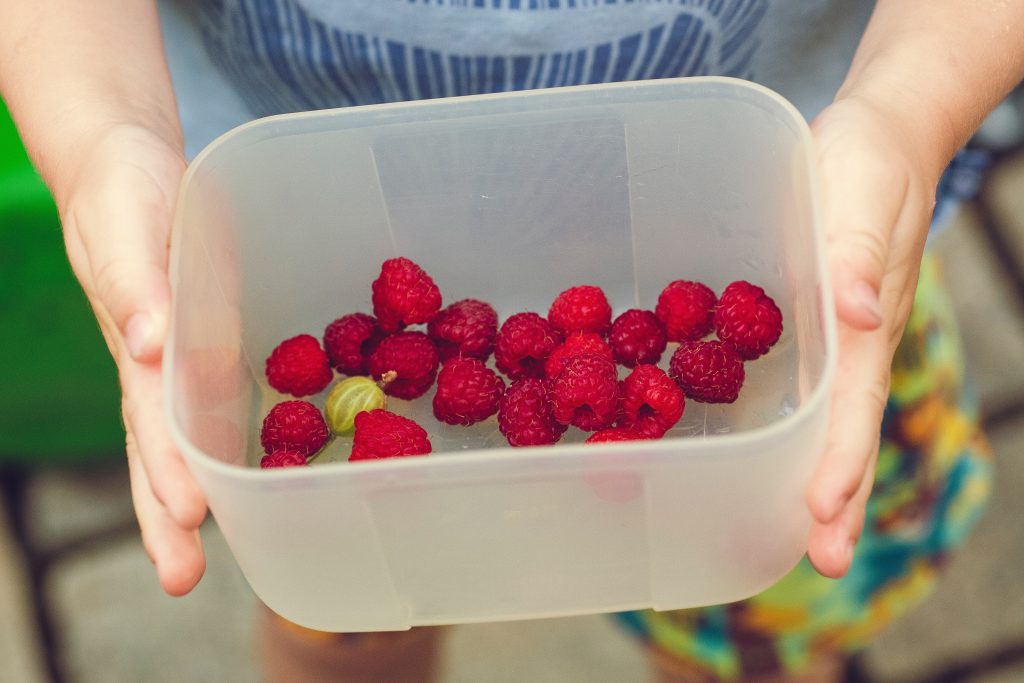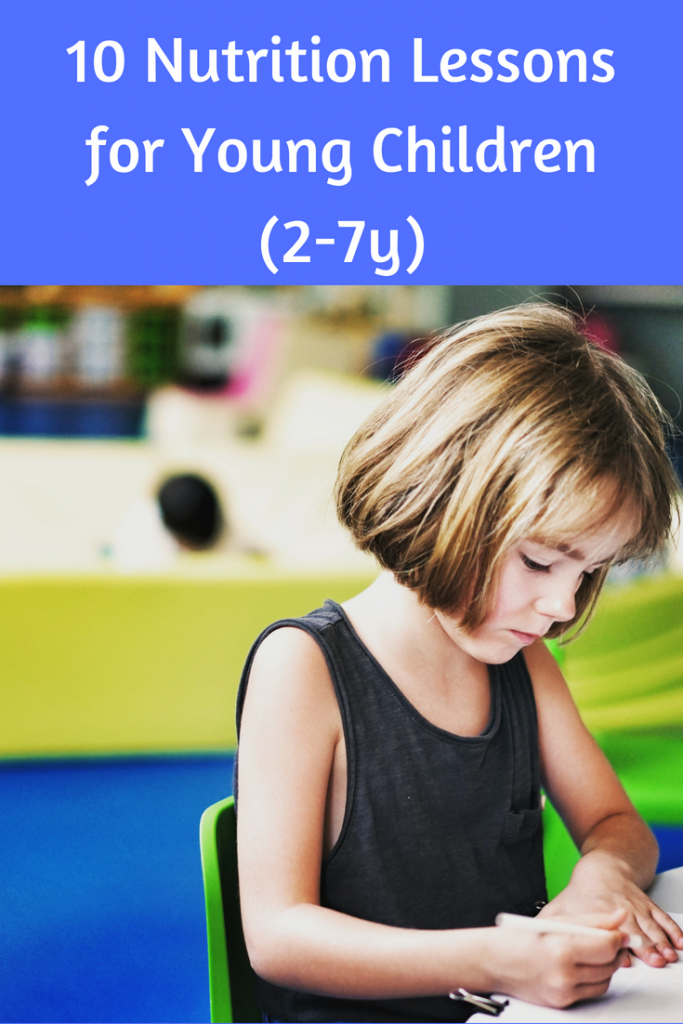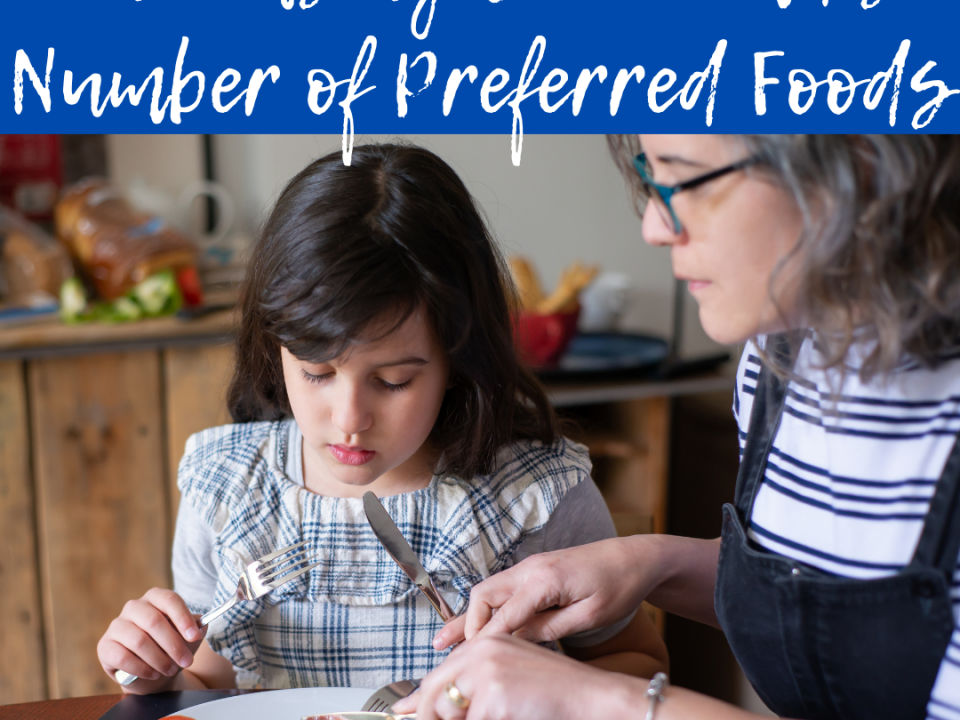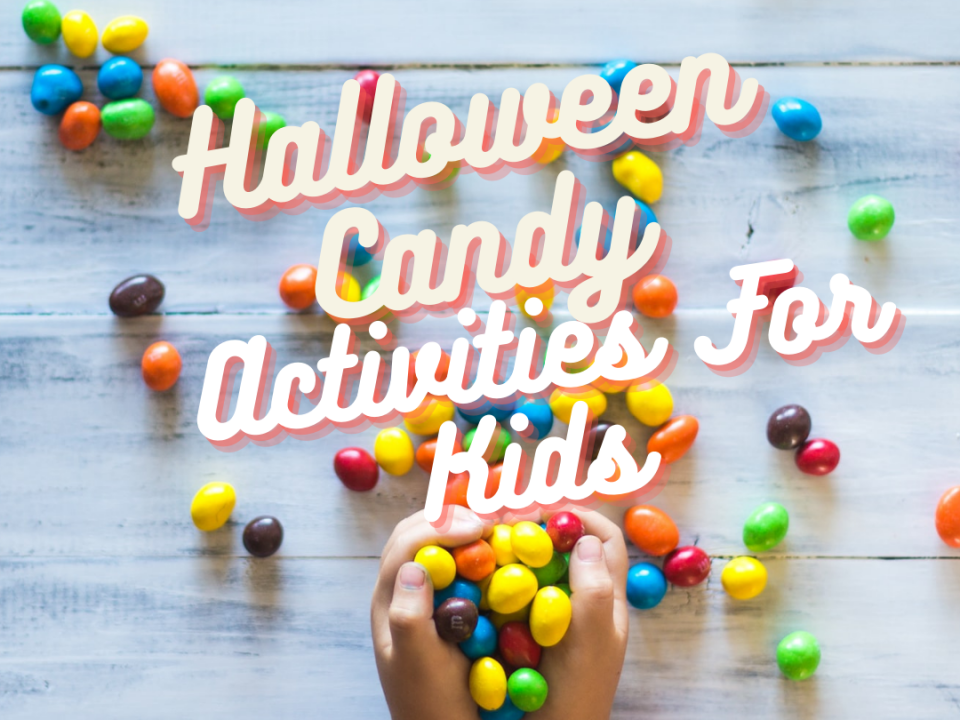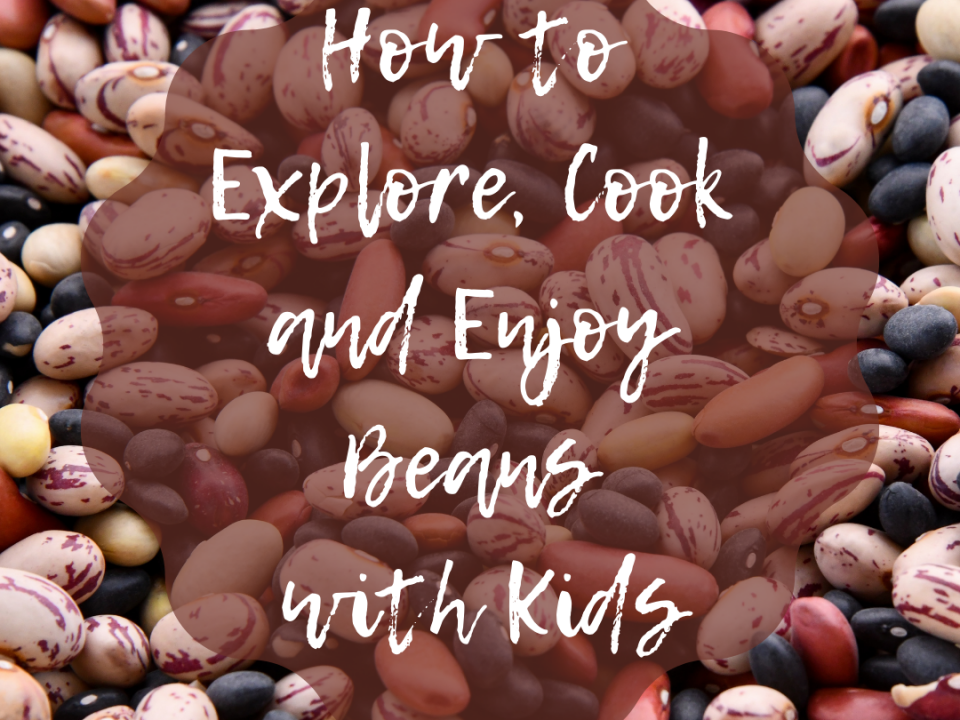10 Age Appropriate Nutrition Lessons for Young Children (2-7y)

Basil Lemonade Spritzer
July 5, 2018
Banana Strawberry Muffins
July 18, 2018Did you know many nutrition concepts require critical thinking, which children do not develop until they are 11 or 12 years old? Here are 10 age appropriate nutrition lessons for young children (2-7 y).
It’s true! Young children ages 2-7 are in what’s called the Paiget’s Pre-Operational Stage of cognitive development. During this stage children are very concrete thinkers, use symbolic thinking and are only able categorize using one attribute. What they understand is very simplistic. Think learning food by senses (color, texture, taste, smell, shape). Nutrition concepts such as food groups, balanced meal or plate, or nutrient physiology all require critical thinking. Which is beyond young children’s cognitive development. Educating these young children on these critical thinking concepts often leads to misinterpretations and misunderstandings. For example the belief that “fat is bad”, “low calorie is better”, “cake is bad for me”. Young children also have difficulty explaining concepts such as “variety”, “healthy weight” or understanding which foods are “high/low” in certain nutrients. Teaching critical thinking concepts to young children can potentially cause more harm than good. Including increasing their risk of disordered eating behaviors, eating disorders and even body image issues.
Nutrition Lesson for young children are more simplistic and focus on experiences and modeling versus education and telling. Remember food exposure (eating and playing with food) is a nutrition lesson in itself! Below is a list of 10 age- appropriate nutrition lessons that will allow children to explore food and increase their likelihood of having healthy eating behaviors and a healthy relationship with food and their body.
10 Age-Appropriate Nutrition Lesson for Children (Age 2-7)
- Consistent exposure to a variety of foods at reliable meal and snack times. This allows children to build healthy eating behaviors, try a variety of foods and listen to their body cues.
- Neutral exposures ( i.e food is offered without pressure to eat anything and their are no restrictions on amount of food eaten) I talk more about this concept during my post about Tips for Getting Kids to Try New Foods without Pressure.
- Gardening or visiting a local farm. Grow a produce or herb garden in your backyard, or head to a local pick-your-own fruit or vegetable farm.
- Cooking and preparing simple recipes. Hands on food preparation allows children to explore food with all of their senses and may even encourage them to try a new food or be open to trying the food at the dinner table since they had a hand in preparing it. I talk more about 12 Ways to Involve Your Toddler in the Kitchen here!
- Taste tests. Bring out a few different types of apples and have the children describe and compare each by color, shape, texture, and flavor.
- Play food. Have free play with a variety of food models. The more you expose children to a variety of foods they more they learn that food is just food. There is no true food hierarchy.
- Read books about food. Visual exposure and discussion about foods is another simple exposure to food.
- Food matching game. Create a board with pictures of food and have children match them to either food models, real food or other pictures of food. This helps children identify foods by shape and color.
- Parents, caregivers and teachers modeling. Eat meals together and model healthy eating behaviors, and positive self-talk ( specifically relating to body image). This is arguably one of the most important lessons. Children learn the most from those they look up to.
- Have children eat a meal or snack together at a table family style. Having children see each other try new foods can inspire them to do the same. Offering foods family style allows them to be in charge of how much and whether they try something and gets them practicing other development skills like scooping and pouring.



